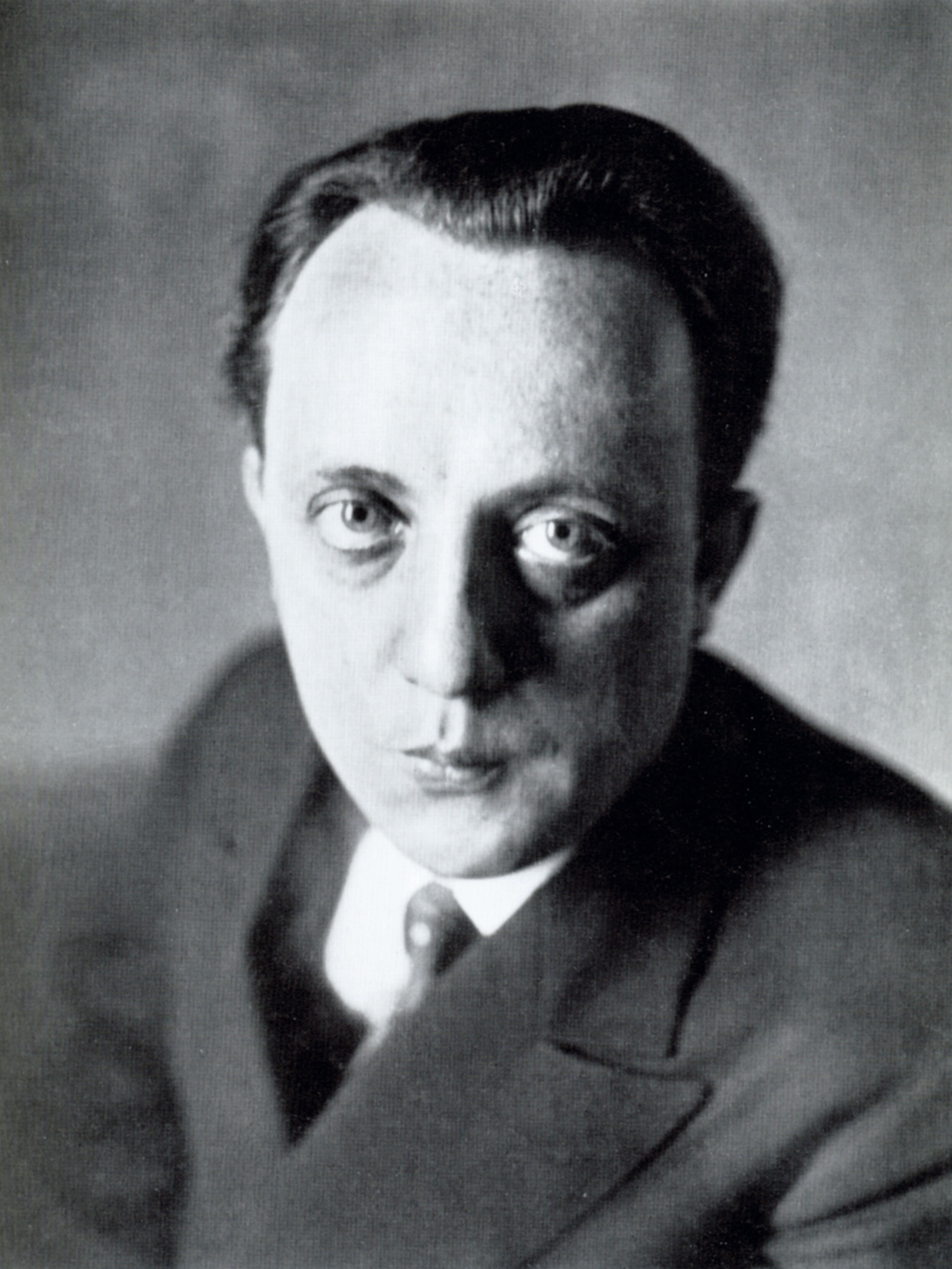
Many composers in the first half of the 20th century wrote solo concertos for the violin, the instrument whose sound is particularly close to that of the human voice. In these works, the composers seem to have found a fitting vehicle for their innermost thoughts in the face of a world in turmoil. This is especially true of Karl Amadeus Hartmann’s only solo concerto, the Concerto funebre from 1939.
Hartmann’s life and work are associated with his “inner emigration” during the Nazi regime and his music which was a declaration of his beliefs. Born in Munich in 1905, he witnessed the revolution in Bavaria, the failed Bavarian Soviet Republic and the rise of National Socialism; his socialist convictions stemmed from these experiences. As a musician, he took up every current movement: “I blithely fused Futurism, Dada, jazz and others in a series of compositions [...] and threw myself into the adventures of the intellectual revolution [...].” His music is influenced by Stravinsky and Bartók, Bruckner and Mahler, and he continued to train into his thirties by studying with Anton Webern – despite glaring political and stylistic differences.
In the “Third Reich” he could no longer hope for performances as a result of his political views, but he never attempted to ingratiate himself with the regime of go into exile – rather, he withdrew, and supported by family, he continued to compose. His main work, the opera Simplicius Simplicissimus, based on Grimmelshausen’s novel about the Thirty Years’ War, is, like many other compositions, to be understood as a metaphor for the present. Hartmann saw his music as a declaration of his beliefs and “counteraction”. He wrote the work Miserae for the first victims of the Dachau concentration camp as early as 1934.
The violin concerto is also a lament. Hartmann began the Concerto funebre in July 1939 and later noted: “This particular time indicates the basic character and reason for my piece”. The latter was apparently the annexation of the Sudetenland by the Germans: As if whispered in secret, the Hussite chorale “You who are God’s warriors” appears in the introduction – a symbol of the Czechs’ centuries-old fight for freedom.
The outbreak of the war confirmed Hartmann’s forebodings and strengthened him in his intention: “I wanted to write down everything I thought and felt, and that resulted in form and melody”. The Concerto funebre was premiered in 1940 in St. Gallen, Switzerland. The composer himself described the structure as follows: “The four movements, chorale – adagio – allegro – chorale, flow into each other without a pause.
The intellectual and spiritual hopelessness of the period are contrasted with an expression of hope in the two chorales at the beginning and end”. The second chorale is based on the melody of the proletarian-revolutionary funeral march “You fell victims in the deadly struggle”, which was widespread during the Russian Revolution of 1905 and at memorial services for the October Revolution.
After the war, Hartmann revised many of his works, reducing or eliminating their time references: as if he did not want to boast that he had always warned and cautioned. He worked as a dramaturge at Bavarian State Opera and founded the concert series Musica viva (which still exists today), which rehabilitated formerly banned and persecuted composers, and which promoted contemporary works.
However, his optimism waned in the 18 years that remained to him: “The threat to art will never be a thing of the past as long as freedom is threatened somewhere. That’s why we want to be vigilant, we want to warn, we want to remember past humiliation, we want to speak out when we recognise totalitarian tendencies anywhere.”